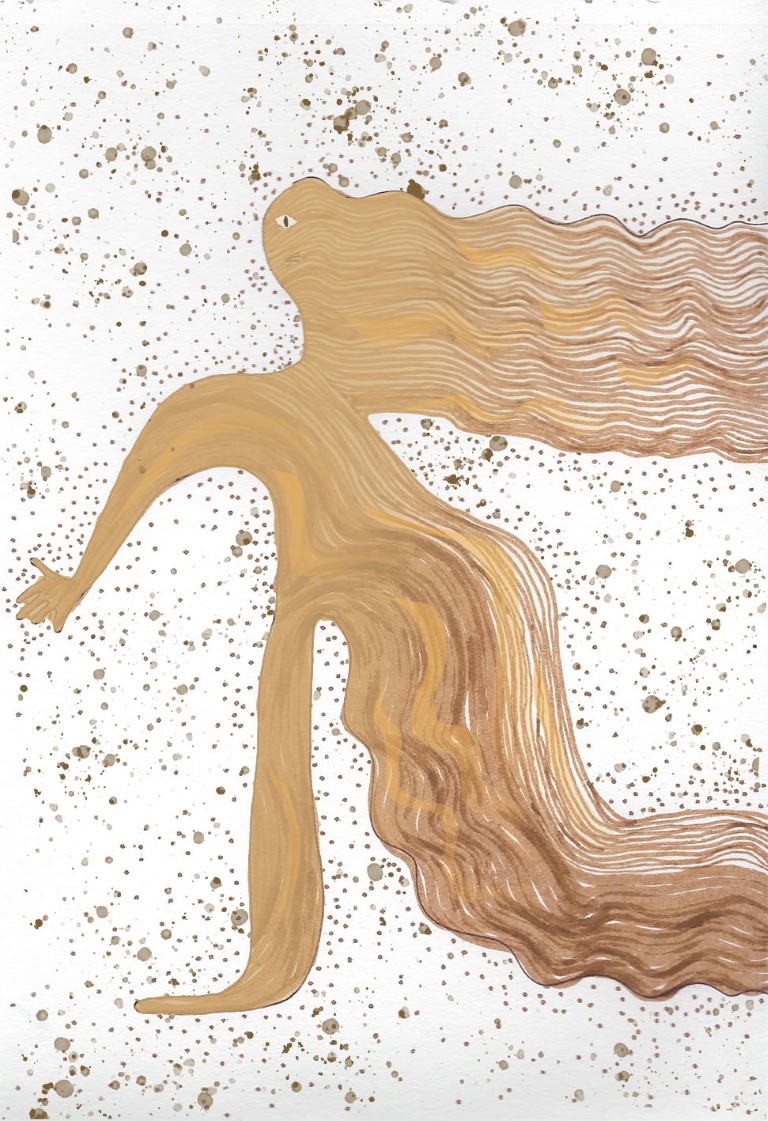
Unusual art concerning ethics
By Morgan Hannah, Life & Style Editor
Tina Gorjanc has taken out a patent to make clothes and accessories using celebrated couture designer Alexander McQueen’s skin.
The purpose of art has always been an open-ended discussion. Some people believe that art is a means to create beauty or explore perception, others think art is meant to communicate feelings and expressions of political, philosophical, or spiritual ideas—but, sometimes, the purpose of art may simply not exist. Art is just something that we do. It also comes in many forms and many mediums, some bordering on science fiction.
Genius and trailblazer in the art and science world, Dr. Gunther von Hagens, a physician, scientist, and forward thinker, is the inventor of Body Worlds. If you haven’t heard of Body Worlds before, it’s a highly successful, travelling art exhibit that features the preserved human body using plastination. This unusual process involves water and fat in the body (human or otherwise) being swapped out by certain types of liquid plastics that harden after vacuum-forced impregnation. The bodies are then fixed into a pose and baked using gas, light, or heat. Kind of like clay! As a result, the bodies hold their shape and will not decay or smell. Plastination truly is an unprecedented art technique to display human anatomy.
Another odd form of art is saving the tattoos of deceased loved ones. Weirdly, it kind of makes sense—a growing number of people invest huge amounts of money and time into their tattoos as a permanent form of expression and beauty. Putting the creepy Ed Gein aspect aside, there are a couple of organizations and individuals providing this form of memorial art, including The National Association For The Preservation Of Skin Art and father and son mortician duo, Save My Ink Forever. At the request of the family, a participating funeral home will surgically remove the tattoo from the cadaver and send it to a lab for preservation. It’s then mounted and framed behind UV-protective glass. The process takes about three to four months.
What about when we are not saving tattoos, but rather just using human skin for art? According to The Guardian, Fashion student Tina Gorjanc has taken out a patent to make clothes and accessories using celebrated couture designer Alexander McQueen’s skin. And that’s no joke! The designer died in 2010, and since then Gorjanc has made purses, coats, wallets, and more out of the deceased designer’s cloned DNA.
Is using human skin for art ethical? What about everything but the skin? Well, Gunther von Hagens invented Body Worlds as a way to educate people about the human body from a perspective we do not get to see (behind the skin) and what effects a healthy versus an unhealthy lifestyle could have on our bodies. He also wanted to highlight that while inherently the same, everybody has their uniqueness—inside and out. That seems rather profound and perfectly ethical to me. In fact, it is the most unique way to provide people with a compelling reason to look after themselves better. The father-son duo from Save My Ink Forever claims that for them, it’s about granting the families wishes and helping them create memorable pieces of art. That seems nothing but sweet to me. Even Tina Gorjanc’s reasons, although creepy, seem rather glorifying and honourable to me—she’s paying tribute to a famed designer.
I believe that these unusual forms of art are all ethical, so long as the “showpieces” are collected with consent and treated with respect. When prepared in a respectful, educational, and meaningful way, the art becomes timeless regardless of what medium it is. Don Ferfolia, the attorney for Save My Ink Forever agrees, stating in an interview with Inked Magazine: “I know that some may believe that there is something ‘wrong’ with the excision and preservation process, but I feel that many may ask the same question about cutting locks of hair from a decedent or keeping some cremated remains from an individual who was cremated.” Ferfolia added, “As long as the excision is done in a responsible and respectful manner, which this process is, I feel that Save My Ink is acting in an ethical way.”
Some people might choose to believe that the purpose of art is to find yourself and then share that self with others; to memorialize yourself and make a mark on history. What better way to do just that than by donating your body (skin and all) to science, art, and inquiry.
